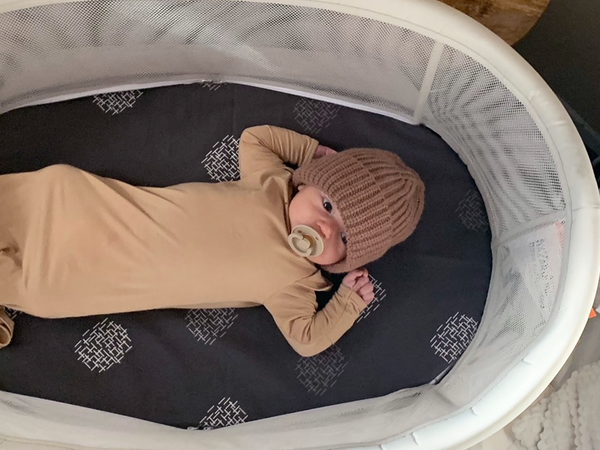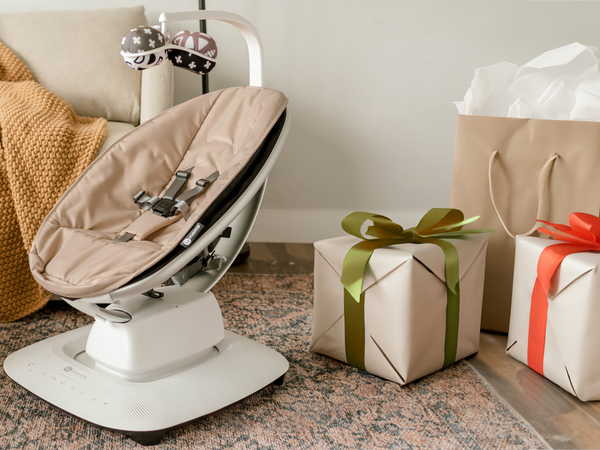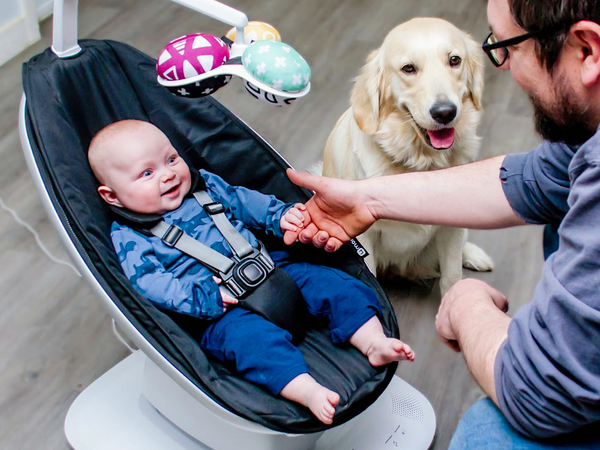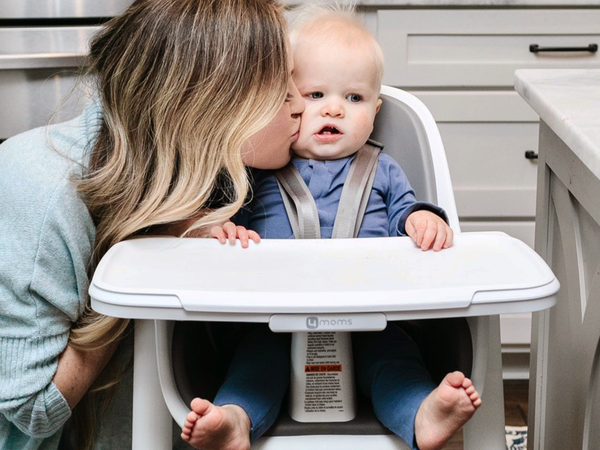Baby Playroom Ideas: Creating The Perfect Playroom For Your Baby
You know that your baby needs a nursery for eating, sleeping, and changing their clothes and diapers. But just as important to your baby’s care and development is playing—it’ s how your baby learns about the world and plays a vital role in stimulating their brain development and language skills while deepening the bond between the two of you. So why not set up a play area for baby and you to enjoy? We’ll show you how!
How to Set Up a Baby Playroom
First up: where will this dedicated area for your baby to play and learn be? Don’t worry that you don’t have enough space. Your baby playroom can be an entire room or just a cozy nook. All that matters is that you’ve got a soft and cushy surface where you can get down on the floor and spend time on your baby’s level reading, playing with toys, or just hanging out.
Whatever space you choose for the playroom, safety is, of course, the top priority. The baby playroom decor should be free of loose material—like drapes, curtains, unfitted sheets, or blankets—that your baby could get tangled in, and any electrical or blind cords should be out of reach. Keep pillows out of the play area until your baby is able to roll over, but once your baby is mobile, you can surround the play area with soft pillows or cushions to contain your baby and stop them from bumping their head on the hard floor.
You should never leave your baby unattended in the playroom, and don’t use it as a place for sleeping or napping. If you want to leave your baby to play or sleep on their own, invest in a playard, a portable, enclosed space with breathable mesh sides for your baby to safely play unattended. Look for a playard that’s easy to set up and take down, especially if your playroom is short on space or if you think you’ll want to move it from room to room or use it when you travel.
How to Choose Baby Playroom Toys
When it comes to entertaining your baby, there’s a seemingly endless amount of choices available. We’ve got some ideas of what baby playroom decor to choose (and why) below. The key here is to keep all items near the floor so your baby can see everything while they’re on their tummy—after all, you’re decorating for a baby’s-eyed view of the world.
- Mirrors: You love looking into your baby’s face—and it turns out so does your baby! Most babies love seeing “another” baby who looks and moves just like they do reflected back at them in a mirror, and apart from being fun, playing with their own reflection is educational too. Mirror play teaches your baby how to focus their eyes and track images, aids in social development, fosters creativity, and makes tummy time more enjoyable. Hang a mirror low on the playroom wall where your baby can easily see it. Just be sure to pick a baby-safe mirror made from plexiglass or mirrored acrylic rather than one made of real glass.
- High-Contrast Artwork: Until they are about three to six months old, your baby can only see about 12 to 15 inches ahead of them. That means the only baby playroom furniture they’ll be able to focus on is artwork that is black and white. These high-contrast designs are a good choice to stimulate your little one’s vision and start lengthening their attention span.
- Mobiles and Baby Gyms: Mobiles are often used as cute décor in baby nurseries and playrooms—but they are so much more than just a whimsical add-on to a room. With their dangling toys and movement, mobiles—or a baby gym with hanging toys that you can position above your baby—stimulate vision and help with motor skill development. As your baby gets older, they’ll go from tracking the toy’s movement with their eyes to delightedly reaching up to grab the objects that sway just above their head.
- Soft Storage: Did you know that babies are born organizers? Around nine months, you may notice that your baby has become fascinated with filling up a container and then dumping it out and filling it up… over and over and over again. This might seem like a simple game, but with all this filling and dumping your baby is picking up lots of critical skills, from enhancing their fine motor development, to learning about cause and effect and gravity, to hand eye coordination. Invest in some soft-sided storage bins—they’ll do double duty keeping your baby engaged while helping you keep the playroom organized.
Four Fun Baby Playroom Décor Ideas
- Primary Focus: Forget soft pastels. A bold red, yellow, and blue color scheme is a fresh, contemporary approach for a cheerful play space. Use primary-hued artwork, storage bins and containers, and other baby playroom furniture to set a bold stage for learning and fun.
- Jungle Safari: A jungle animal theme is an adorable backdrop for a play area for baby. Animal-print rugs and textiles, wall decals, baby animal prints, and a soft yellow, green, and chocolate brown color palette are a playful way to take a walk on the wild side and bring the jungle inside.
- Black and White: Is there any more traditional color combo than black and white? Use these high-contrast hues to create a striking play space for your baby. Another bonus? You can easily add pops of color and other motifs as your baby gets older and starts to prefer their own favorite colors or interests.
- Spots and Dots: Playful bubbles make for a cute and light-hearted play space. Look for vinyl decals that you can easily apply to the walls to catch your baby’s eye, and removable spots and dots that stick to the wall with Velcro so your baby can remove and replace them.
A Place for Play
At the end of baby’s day, playtime isn’t just fun and games—it’s an important part of your baby’s development and growth. As you prepare for your baby’s arrival, don’t forget to create a dedicated play area for baby and you to play—it’s a space you’ll both enjoy for playing, learning, bonding and more, and will create a safe and healthy environment for you to watch them grow.

















